There is so much more variety in terms of what type of surfboard we can choose to use.
With that being said, not all surfboards are the same and you might be left wondering why so many surfboards are made with a stringer in the center, do they even need them? Well, let’s take a look.
Not all surfboards need a stringer. It all depends on what the board is made from. A PU surfboard will almost always have a stringer. However, an Epoxy surfboard does not always need a stringer. In fact, a lot of Epoxy boards do not use them. The same can be said for carbon-fiber boards.
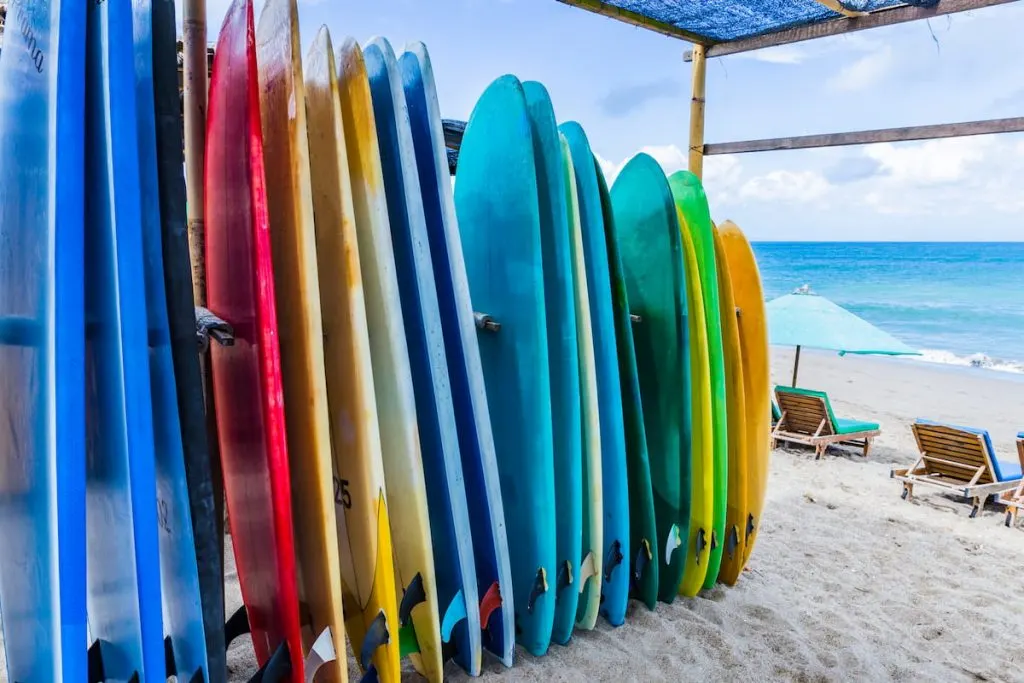
In this article, we are going to take a close look at a surfboard stringer. We will start off by discussing what it is, what it does, why most surfboards use them, and which boards need to use them.
So, for everything that you need to know about the stringer in your surfboard, keep reading this article.
What Is A Surfboard Stringer?
So we’ve established that not all surfboards need a stringer but if you’re new to the sport, what is a stringer exactly anyway? And why is it so important?”
A surfboard stringer is a piece of specialized wood that runs down the center of most surfboards.
The construction of a surfboard is quite a complicated process with a lot of steps involved. During one of these steps, just before the core of the surfboard gets compressed, a stringer will be placed right through the center.
Once the stringer has been placed in the center of the surfboard, the rest of the board will be put together.
The stringer makes it easier for the shaper to shape the board because it makes the surfboard a lot more rigid.
What Is A Surfboard Stringer Made From?
You can’t just make any stringer from any type of wood. If you use any old piece of wood as a stringer, it could either be too flexible or too rigid. This would cause the board to snap or develop a rocker.
The most common types of wood found in a surfboard stringer are Balsa and Red Cedarwood. Obviously, the wood is put through a few processes that make it strong and slightly flexible.
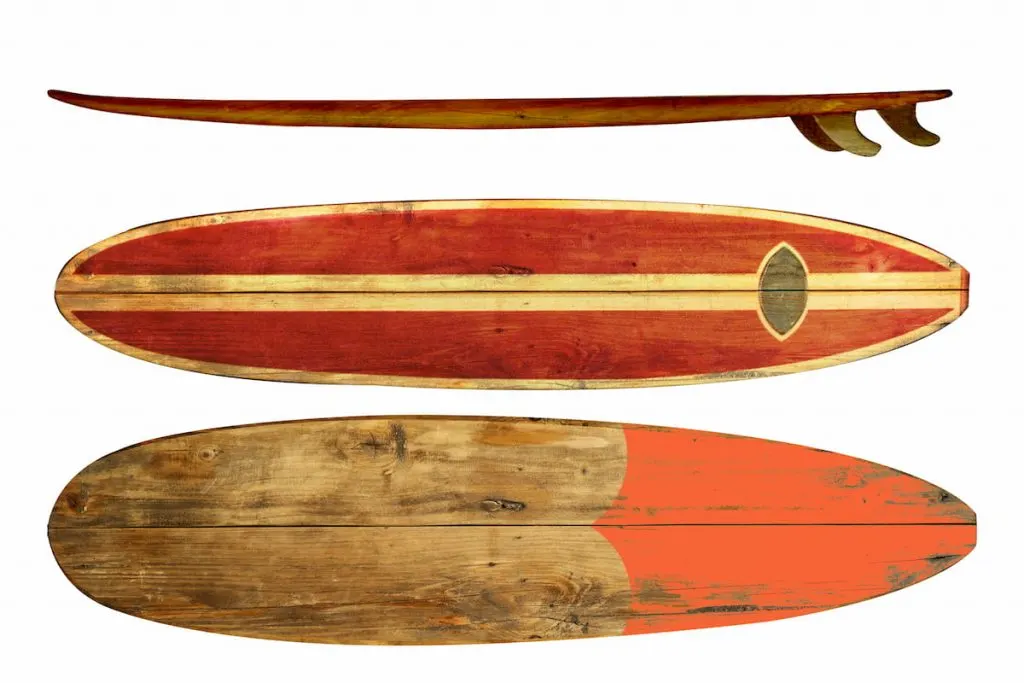
The most common process for the wood to go through is to be pressure treated.
This means that the wood is placed in a chamber with all the air removed. It is like a vacuum in there.
A few chemicals are added and they seep into the wood. This increases its strength, durability, flexibility, and lifespan.
Do All Surfboards Have A Stringer?
As with most things in life, the goods we use for our hobbies, sports, and just about everything else, will change and become better suited to our needs.
Also, surfboard manufacturers are finding ways of producing better surfboards at lower costs. This is a trend that is true for almost any industry.
While the stringer has played a prominent role in the making of almost all surfboards up until recently, things are starting to change. The need for stringers in certain types of surfboards is no longer necessary.
So, in the next section, we will discuss which type of surfboards use stringers and which don’t.
For now, I would just like to add that you should always check whether or not the surfboard you want to buy has a stringer or not.
What Type Of Surfboard’s Use A Stringer And Which Don’t?
In this section, we are going to discuss the 2 main types of surfboards. However, I will be placing a quick table here right at the beginning in case you are just looking for a quick summary.
So, let’s dive straight into it.
| Material | PU Surfboards | Epoxy Surfboards |
| Do they have a stringer? | Yes | Sometimes |
| What is the board made from | Polyurethane foam, Fiberglass cloth, and Polyester resin. | Polystyrene foam, Fiberglass cloth, and Epoxy resin. |
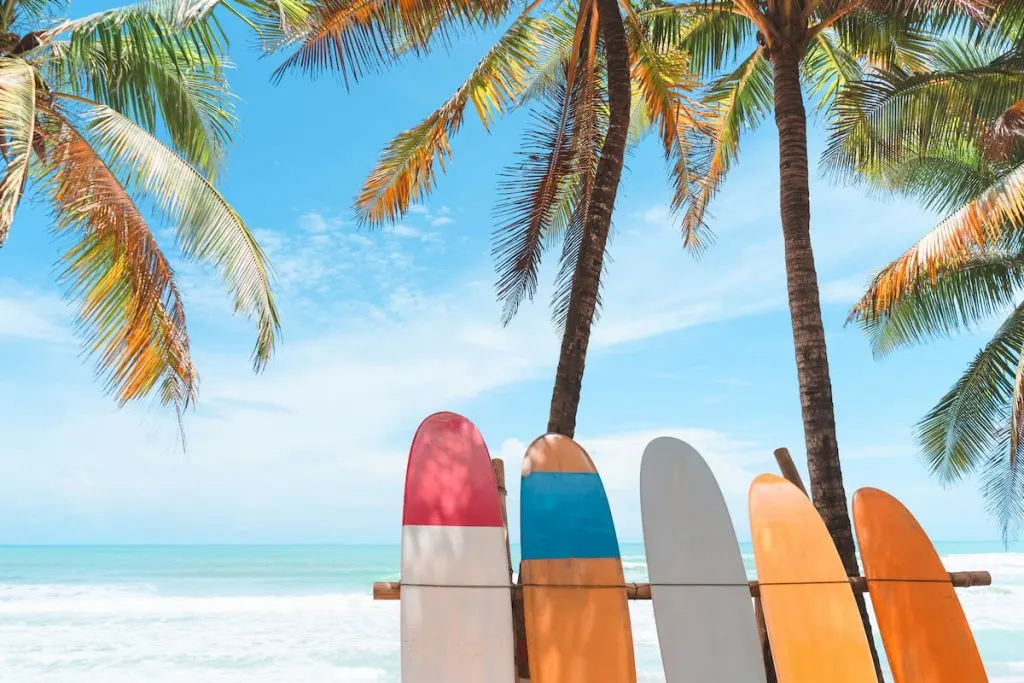
PU Surfboards
These types of surfboards almost always use a stringer. If they don’t, then the board will most likely snap rather easily.
When talking about a PU board, we mean a polyurethane foam base. On top of that, you have fiberglass cloth and finally, it is finished off with polyester resin.
Obviously, during its construction, just before the fiberglass cloth is added, a stringer is placed in the center of the dense foam.
Epoxy Surfboards
These boards are made from a polystyrene foam base, it is then covered with fiberglass cloth and finally, it is finished off with epoxy resin. These boards do not always use a stringer.
Epoxy boards are becoming more popular but the PU surfboards have remained the most popular board to date.
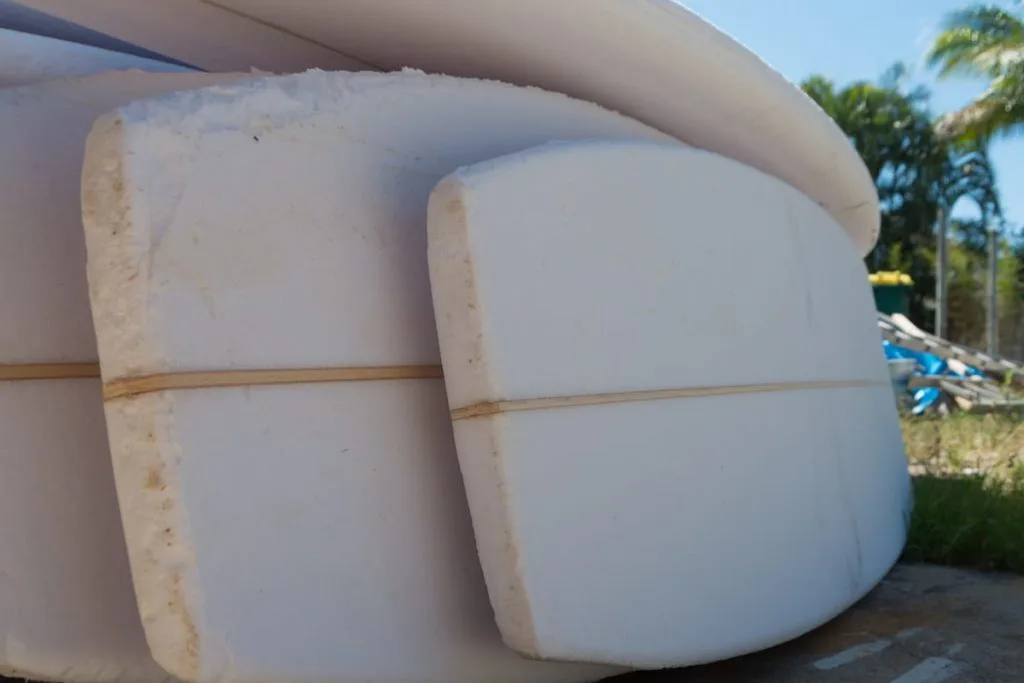
What Does The Stringer In A Surfboard Do?
To put it simply, if it was not for the stringer in PU surfboards, the board could be either too rigid or flexible and would often break.
The stringer not only offers a little bit of flexibility, but it also offers strength.
You will see a lot of people saying that it makes a surfboard “rigid” or that it makes a surfboard “flexible”.
However, those two answers are not 100% accurate because there is more to it than that.
The stringer can either be low quality or high quality. Now, a high-quality stringer will bring the perfect balance of flexibility and rigidness to a surfboard.
If your board is too flexible it may feel good until you reach a certain point in your surfing that the flexibility will seriously hinder most of the maneuvers that you can perform on the board. It could also make surfing big waves much harder.
If your board is too rigid it will snap pretty easily. So, a stringer is more about finding the right balance between the 2.
Can A Surfboard Have More Than 1 Stringer?
There are a lot of different ways that a stringer can be implemented. However, the most common way is for it to be placed down the center of the board.
The second most common method is to place three stringers through the board. One through the centre and then two on the left and right side of that.
Surfboard makers are always experimenting and they are always going to experiment.
So, I’m sure that we will see a lot more methods of stringers being implemented in surfboards in the future.
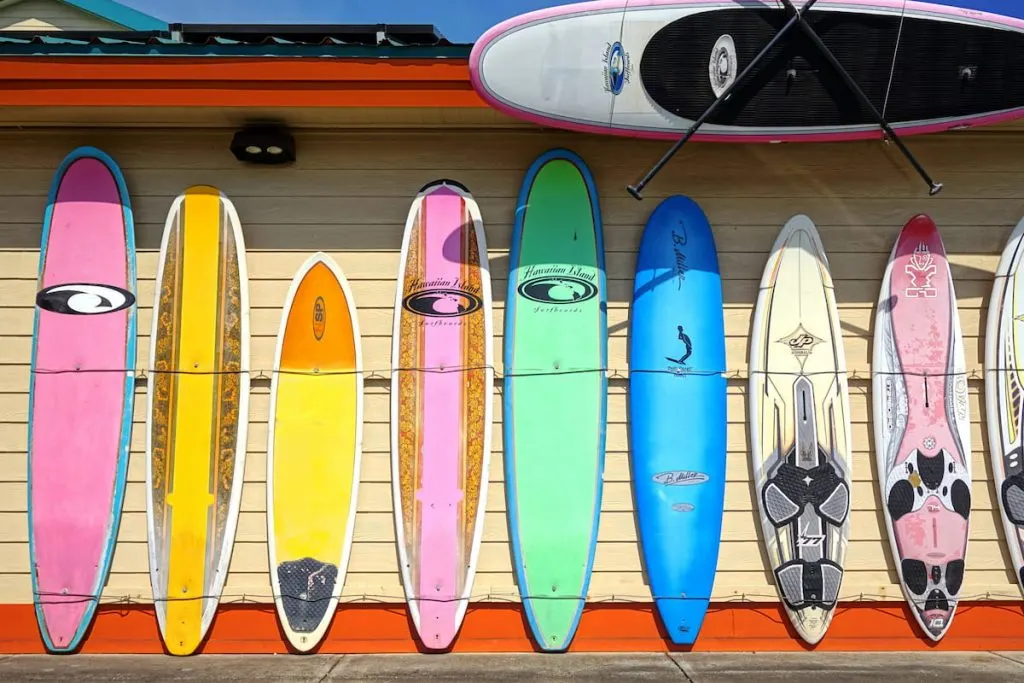
Does A Surfboard Stringer Always Run Down The Center?
In the section above, we discussed that a stringer through the centre is the most common. However, new methods are being tested.
A new method is to have two stringers that wrap around the sides of a surfboard.
I want you to think of it like this, we know what a stringer through the center does.
However, when you place it around the sides of the surfboard so that wraps around, you kind of force the board to hold its shape and to remain stable. Then, you just need to find the right balance of flexibility.
This method is still relatively new and so we will have to wait and see if it does become the preferred method of placing a stringer in a surfboard.
So far, it seems positive. Boards can now easily bend to the will of the ocean and then revert back to their shape.
Are There Alternatives To Wooden Surfboard Stringers?
Yes, there is actually an alternative to how stringers are made. The most notable method now is there are companies that are trying to make carbon fiber stringers that actually work as well as wooden ones.
Conclusion
This is where I give you my humble opinion. I grew up surfing on PU surfboards and while I have tried Epoxy boards that don’t have stringers, I will always gravitate back to what I know.
I have also noticed this trend amongst the pro surfers. While it is fun to try out new types of surfboards, so far nothing seems to be as good as the old trusty PU surfboard.
